A wire harness is a common and effective tool for keeping multiple wires within a piece of equipment in order. On a more basic level, it’s the exterior covering, or sleeve, that encases and protects an inner conductor or bundle of conductors. Known for their straightforwardness, effectiveness, and low cost, these simple casings are designed to streamline and organize multi-wire systems while protecting the wires from the elements, resulting in a cleaner, safer working environment.
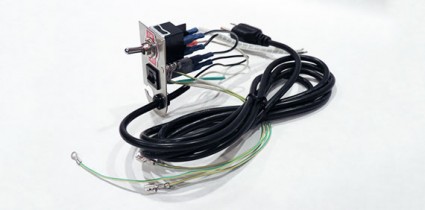
As small as they are, however, wire harnesses can vary widely. In fact, most companies customize them so that they’re better suited to particular environments and applications. We’re here to help outline the basics of these essential implements so that you can find the perfect type for your company.
Types of Wire Harnesses
Wire harnesses can be made from a number of durable materials. Some of the most common include:
- PVC
- Vinyl
- Thermoplastic elastomer
- Polyurethane
- Polyethylene
The specific material used in a harness largely depends on its surrounding environment. If the wires are run in a particularly damp environment, for example, the harness should be of a material that effectively resists moisture such as polyethylene.
Regardless of the material with which it’s made, wire harnesses can be further specialized to suit particular applications. Additional features often found in wire harnesses include:
- Wire ties
- Lacing
- Insulation materials
- Custom colors
- Heat-shrink coatings
- Custom labeling or barcoding
- Four-color ink stamping
- Individual tagging
- Independent circuit IDs
- Polypropylene, nylon, and paper fillers
- Custom shielding
Just as certain materials are better suited to certain environments, certain features of wire harnesses are better suited to certain applications. Any wires at an increased risk of abrasion, for example, should be enclosed in a harness with heat-shrink coating, since heat-shrink coating is designed to minimize the effects of abrasion.
Applications of Wire Harnesses
Wire harnesses are highly versatile products that are well-suited to use in nearly every industry. Aerospace, automobiles, medicine, telecommunications, and commercial construction, as examples, constantly depend on them for smooth operations. Wire harnesses can also be found in home electronics, audio and visual equipment, and household appliances.
At Consolidated Electronic Wire & Cable, we’re proud to offer a wide selection of harnesses and cable assemblies that meet even the strictest standards. We can specialize in personalized solutions to common industrial challenges, offering all customers specialized shielding, fillers, materials, identification, and style. Our harnesses can accommodate systems up to 600 volts (UL) or 3000 volts (military) and can withstand temperatures ranging from -65 °C (-85 °F) to 250 °C (482 °F), ensuring functionality in any environment.
For over a century, Consolidated Wire has set the standard in industrial wiring and cabling, helping companies of every size develop lasting solutions to and select the right wires for all of their electrical challenges. To learn more about our extensive wire and cable harness offerings and explore their benefits, check out our catalog today.

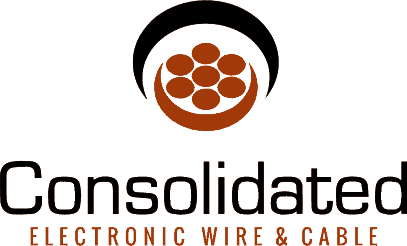


 () Quote Cart
() Quote Cart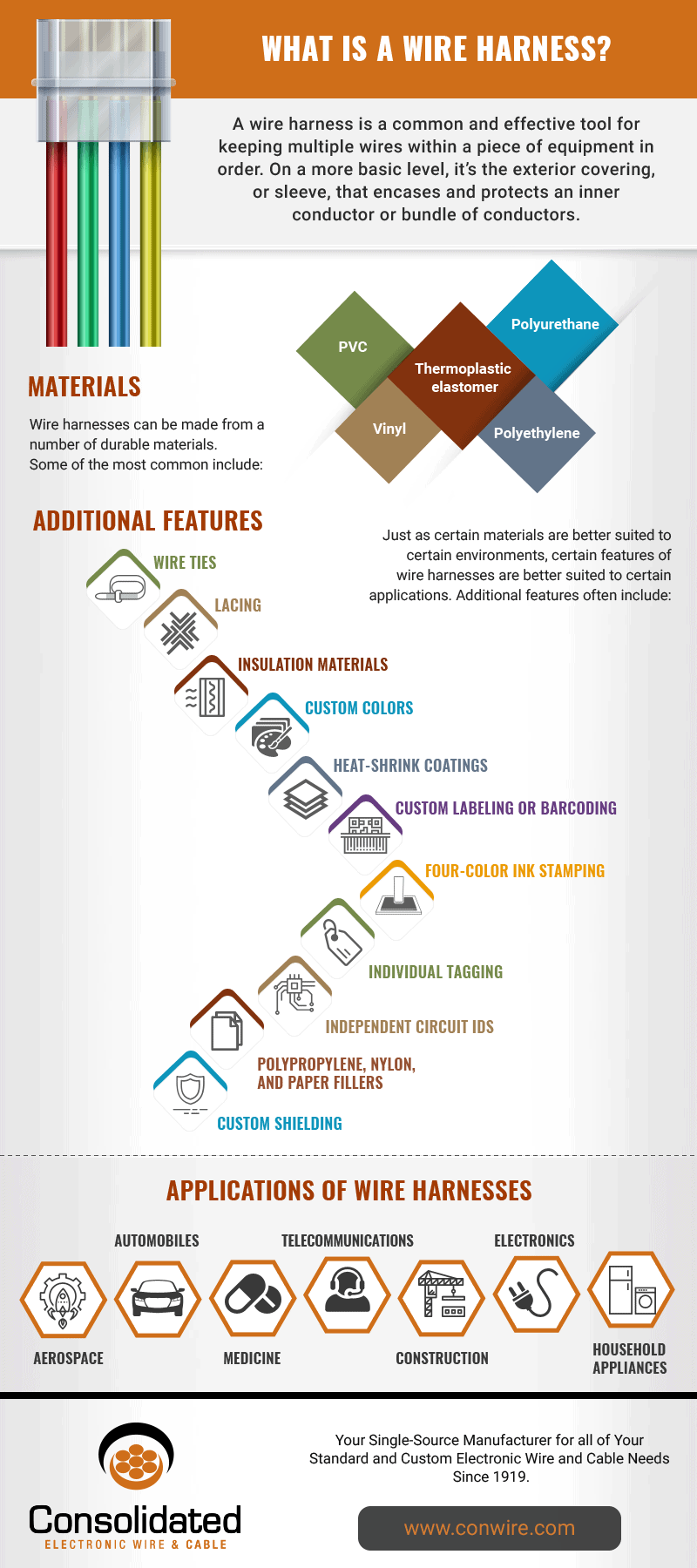

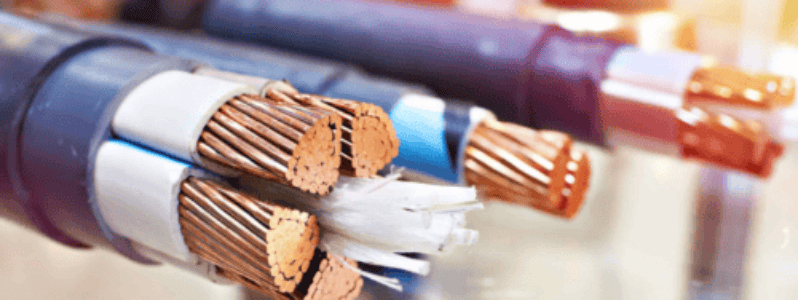
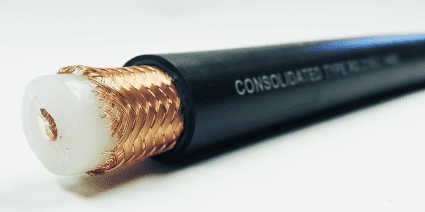
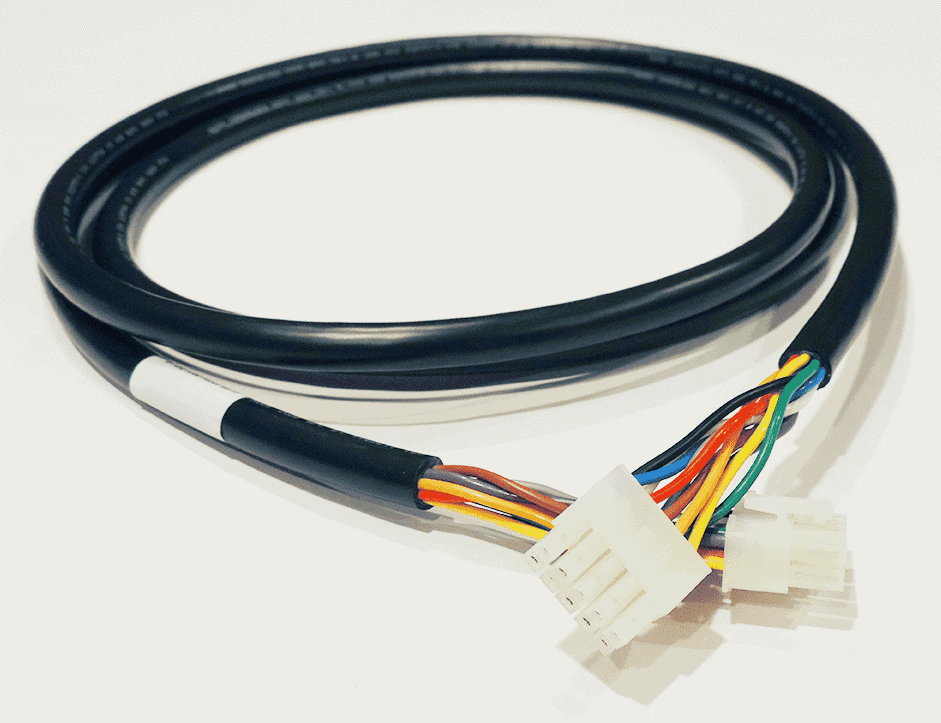
Comments are closed